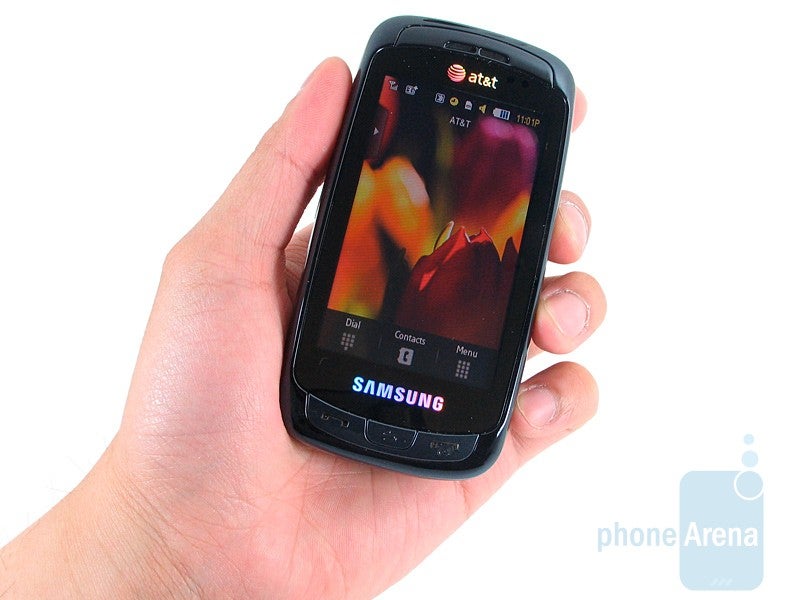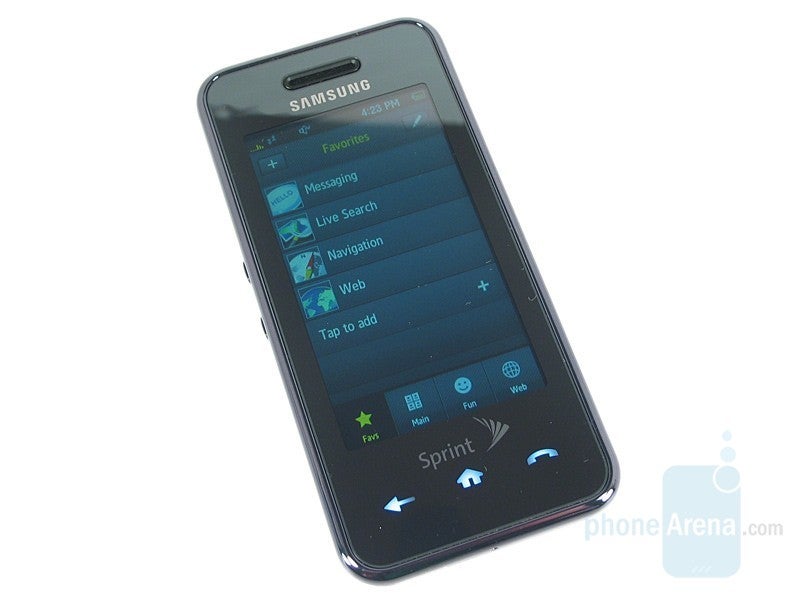Samsung: the never-ending search for the next big thing
This article may contain personal views and opinion from the author.

Tomorrow at Samsung’s event in the Big Apple, all eyes are on the expected official announcement of the Samsung Galaxy S IV – well, we hope it’s what all the hoopla is all about! Throughout all channels on the interwebs, there’s a great deal of buzz swelling for this highly anticipated event, which very much mirrors the same level of intensity that’s normally attached to any of Apple’s events. You know, it’s funny how things go! Looking back only a couple years ago, the story was a little different compared to what it is right now. Back then, Samsung’s announcements were of little fanfare – basically, low key affairs that didn’t require extensive budgets. Over the years, it’s amazing how this company has made an expedited fast track all the way to the top of the mobile world, eventually landing themselves in their current predicament as being one of the great forces in the smartphone universe. So how the heck did this all happen?
When I first came aboard reviewing phones, I can’t tell you how many Samsung feature phones I had the task of reviewing. At one point even, I forgot that they actually produced various Windows Mobile phones – like the established OMNIA line. However, their bread and butter remained largely intact with dumb phones and feature phones, which not surprisingly encompassed a wide range of form factors. As I reminisce about the fun times with all of those non-smartphones, I realize that Samsung’s fundamental principles were long established before their venture with Android. Simply, they’re all about attacking every single form factor as possible – to the point of saturation. Beyond designs and aesthetics, Sammy has been known to meddle in the software experience too, sprinkling its various feature phones with its home brewed TouchWiz interface.


Enter Android
Off the top of my head, I can count well over a dozen Samsung-made Android smartphones that really proved to be huge successes. Naturally, most people will mention newer stuff like the Galaxy S III, Galaxy Nexus, and even the Nexus S, but can you recall Sammy’s first Android smartphone to be released stateside? Even though the Samsung Galaxy I7500 gets the notoriety of being the Korean based company’s first Android smartphone, my first encounter came at the hands of the T-Mobile bound Samsung Behold II – a strange revelation, considering the original Behold was a camera-centric feature phone. Unfortunately for Samsung, it was nowhere close to being a venerable contender in the Android space, as HTC’s small group of Android smartphones had more prominence. Ultimately, the Behold II soon disappeared from memory, leaving Sammy in an unusual predicament as a minor player.
Fast forward to spring 2010, as Android has quickly gotten itself to the fast track of being the preferred platform of choice by many manufacturers. To tell you the truth, it wasn’t until the announcement of the original Samsung Galaxy S at the spring CTIA 2010 tradeshow that I began to recognize Sammy as a premier force. Yet again, though, the handset was overshadowed by another rival handset – the HTC EVO 4G. Yes folks, despite their best efforts, it seemed as though the Korean maker wasn’t going to get the love it deserved. From a specs point of view, the original Galaxy S was a remarkable piece of hardware, especially with that then-large 4-inch Super AMOLED display. Somewhere in the back of my mind, I knew that I should keep a watchful eye on the company, as they proved to be serious in delivering a mass-market device.
Solid smartphones, but little sway with the carriers
Call it a dream come true, but Google decided to partner with Samsung for its second pure vanilla Android smartphone – the Google Nexus S. Running the most-up-to date version of the platform at the time, it surely looked as though Sammy was nearing the pinnacle. On paper though, I wasn’t too excited by the handset, seeing that its specs mirrored the stuff I saw already with the original Galaxy S, but despite that, I regarded the partnership as a ground-breaking moment for them. Without skipping a beat, we fast forward to Sammy’s next big venture in the successive device in the Samsung Galaxy S II. Now this was something truly dreamy, since it managed to propel itself by making some marked improvements in every category. Bigger screen, check. Faster processor, check. Everything seemed like it was going to be Samsung’s way or the highway, but yet again, we continue to see them bending to the will of the carriers. Sad to say, they didn’t quite master the Jedi mind trick just yet, as Samsung produced different versions of the Galaxy S II for the carriers. This time, we saw a bigger disparity between them – not just in the design style of each handset, but their screen sizes as well.
The Transformation
Continuing its run, Sammy hit yet another fine achievement by marking the end of 2011 with yet another big bang, proving to us that they’re content with making plenty of noise in the mobile arena. Call it two-for-two, but Samsung partnered again with Google for its latest Nexus device – the Samsung Galaxy Nexus. Everything was beginning to come together at this point for them, since they had a magnificent device with Google’s very own blessings. Nothing seemed out of reach for this company that once needed to fight tooth and nail just to get its products recognized. As history played out, they eventually sought out to find the next big thing to rock the industry.
Looking to the future
During its official release in the US, we began to see a shift in how the carriers regarded Samsung. From the looks of it, Sammy took the bull by the horns with its Galaxy S III, seeing that all four carriers got the same exact device without the mix bagged offerings from previous ventures. In a similar manner to how consumers perceived Android phones as “DROID” phones in the past, mainly due to Moto’s ingenious marketing with its Android line with Verizon, they now recognized Sammy’s device as the “Galaxy” phone. Time after time, the handset seemed to win a fair amount of mind share – making it one of the most popular Android devices in 2012. Thirsting for the next big thing, we’re bound to see within the next 24 hours what they have in store next. As I said, it’s funny how things turned out. Four long years ago, the thought of Samsung being top dog in the smartphone industry didn’t seem like a plausible idea, but hey, they toiled their way all to the pinnacle of the mountain. So with that in mind, let’s sleep tight tonight and hold on to the lingering feelings that we're at the tip of the iceberg with the next big thing.
Follow us on Google News













Things that are NOT allowed:
To help keep our community safe and free from spam, we apply temporary limits to newly created accounts: